Should I Have my Skis or Snowboard Professionally Tuned?
Absolutely.
Do you change your oil? Tune your guitar? Update your computer software? Well, the concept is comparable for ski and snowboard tuning; not only does it enhance the performance, but also increases the overall lifespan of the product. Ski and snowboard tuning makes you a better skier or snowboarder, helps you feel what an edge is, what “glide” is, how transitions in and out of turns can vary based on detuning techniques. Ski and snowboard maintenance help with safety, daily (snowboard) and annual (ski) binding maintenance can potentially prevent leg injuries.
Skiing and snowboarding is about having fun, that’s the reason we do it, so why not have an even better experience with tuned equipment. No more poling on catwalks, or dragging your snowboarder friends or kids around, catching edges, or slipping on ice. Instead, experience glide, grip, and control. Skis and snowboards are not cheap, the more you tune and wax your skis or snowboards, the longer the equipment will last as your tuner will not have to take off as much material or life to get them back.
We have been dedicated to providing the best ski tune possible since 1985 by staying up to date with the latest technology, machinery, and training. We promise you the best tune available throughout the front range in Colorado.

Find a professional trusted local specialty ski and snowboard repair shop. Well-trained ski technicians tune hundreds of skis every year on reliable and industry-standard machinery. They’ve spent years, some, generations in back-shops. Here at Boone Mountain Sports, we tune upwards of 13,000 pairs of skis a year, it is one of our deepest passions. We have been professionally tuning skis for over 37 years. The man himself, Casey Boone, has been tuning for over 50 years, the Brothers Boone grew up huffing wax, tuning skis, fitting boots, it’s in our blood to make people go down hills fast and comfortably. We aren’t brain surgeons, car mechanics, electricians, etc...we’re ski techs, and we’re very passionate about what we do.
We have been dedicated to providing the best ski tune possible since 1985 by staying up to date with the latest technology, machinery, and training. We promise you the best tune available throughout the front range in Colorado. We operate a Wintersteiger Mercury, a Wintersteiger Grindrite 21Hundred, a Wintersteiger ST500, and Wintersteiger Wax Future; all of which are continually serviced annually and sometimes weekly by certified Wintersteiger technicians. Most importantly, we own and operate Evergreen Brewery and Paragon Coffee Werks right up upstairs from the shop! You can drop your skis off, go upstairs, have a beer, a cup of coffee, and a bite to eat while we tune your skis. We try to make your tuning experience as fun as possible all the way from the process to up on the hill!

Ski Bases: Maintenance and Repair

There is a common misconception when people ask for an “Edge & Wax'' thinking they’ll have a sharp edge when the base isn’t flat. I never guarantee a sharp edge if I can’t properly sharpen the base edge in which case the ski needs a tune.
We hit rocks, you hit rocks, it happens. Skis and snowboards are tools not jewels so don’t be worried if you have a core-shot or two and or surface scratches. We use ptex and poly base welds to repair our bases. Ptex is a composite of polyethylene, paraffin, and carbon which makes it flammable and drippable. We ptex all of our surface scratches and poly weld all of our core shots. Pure poly is much harder than ptex and has to be heated up to 350°F and can be applied in various ways, most common being an iron gun. Ski bases (the bottoms of your skis) generally come out of factories flat. The more we ski, the more we reveal or convex the base because we’re constantly rolling up on our edges to turn. When we tune, we re-flatten the base in order to properly sharpen the edges. There are two sides to an edge, the base edge, and the side edge. When the base is revealed and not flat, it is difficult to sharpen the base edge and risk putting a larger degree on the base bevel. Hence the need to flatten the base material to be able to properly sharpen the base edge. On the inverse when your skis or board bases are concave, you will feel like you are always catching your edge. There is a common misconception when people ask for an “Edge & Wax'' thinking they’ll have a sharp edge when the base isn’t flat. I never guarantee a sharp edge if I can’t properly sharpen the base edge in which case the ski needs a tune.
The longer you wait to tune your skis or snowboard, the more revealed that base material becomes; this means your tuner will have to take off more material (or life) in order to flatten your ski to sharpen your edges. In some circumstances, bases of skis that haven't been tuned in a long time may be too revealed that the only way to bring them back to life is by tuning through the ski, in which case, it's time to buy a new stick. As you can see on the image to the left, the ski has been ground through and is still not flat (on the right). This is why we constantly keep up on our edge work, every 3-5 days of skiing we deburr and sharpen our edges and fully tune our skis (fill and change structures) every 7-10 days. This ensures we take off the least amount of material possible. If you prefer to tune your own equipment, we recommend taking your skis into a reputable ski shop that can properly flatten your equipment at least twice a year to guarantee your edge bevels are accurate. In other words, zero out the ski or snowboard.

Structures

We use a multitude of structures primarily consisting of varying linear, crosshatch, wave, and chevron structures when tuning. We adjust our margins between race skis, freeride skis, all-mountain skis, and cross-country skis. These parameters are custom for different types of skis and snowboards and are essential for glide and wax retention. Changing structures is important throughout the season for all of these different types of skis and snowboards. If you would like to learn more about structures please feel free to reach out to discuss.
Structuring is the pattern we cut into your base to help wick moisture when sliding on snow. We vary structures based on snow conditions and temperature. Early season man-made snow has a completely different moisture content makeup than natural spring snow. Think of structures in skis like various tire treads for cars. The concept is simple, wick water content. When we ski we create friction between our bases and the snow, that friction heats up a thin layer of water which we need to shed. Ideally, you change the structure on your skis at least three times a year for early season, midseason, and late season.
Think of structures in skis like various tire treads for cars. The concept is simple, wick water content.

Edges
Edges can be the most vital part of your ski tune. If edge bevels are off, or your detune is off, or edges are dull, your whole day can be ruined. We cut various bevels into the base and side edge depending on the ski or board, for example, we will cut slalom ski edges at different angles versus free-ride powder skis. Base bevels generally range anywhere from .5° to 1.5° with the most common angle being 1°. Side edge bevels can range anywhere from 89° to 85° with the most common angles being 88° for more front-side oriented skis and 89° for more free-ride or all-mountain skis. A 1° (base edge) and 89° (side edge) create a 90° bevel because of the 1° offset.
The more acute you cut (88°, 87°, 86°...etc…) your side edge, the sharper the edge becomes, however, your edge will be more brittle and can be subject to chipping or breaking if you hit something. For quick initiation and deep angulation while carving, ask your local ski shop for something like a .7° base edge and 88° side edge. If they don’t understand, turn around and find a new shop! Just kidding, but really, find a new shop. For your free-ride powder ski or snowboard, ask for a 1° base edge and 88° or 89° side edge depending on how sharp you want your skis.

Ceramic Disc Edgers vs Belt Edgers

Belt grinding edgers leave room for rounded edges, leave a rough surface finish that can interfere with glide, take off more material, and can be inconsistent with bevels. If you’re getting your skis tuned with a belt edger make sure at minimum it is in an automated machine. If they are using a handheld belt edger such as a Wintersteiger ST500, just know you are subject to human error and inconsistency. If your ski or snowboard hasn’t been tuned in a long time and you want a quick edge without flattening or properly tuning your equipment, this is an instance when belt edgers come in handy and can be appropriate. Ceramic disc technology has become an industry standard. Over 90% of all ski and snowboard manufacturers use this technology during the production of all their skis and snowboards. Ask your shop if they are using a belt to finish your edges or ceramic discs. Studies have shown ceramic discs take less material off, are more precise, leave a finer, smoother, and cleaner surface polish on the ski or snowboard edges. This in turn improves the turning qualities of your skis for more fun and quicker learning results. It also allows for better grip on icier conditions for increased security and safety. Lastly, your equipment will stay sharper for a longer period of time rather than belt finishes.
Ceramic disc technology has become an industry standard. Over 90% of all ski and snowboard manufacturers use this technology during the production of all their skis and snowboards. Ask your shop if they are using a belt to finish your edges or ceramic discs. Studies have shown ceramic discs take less material off, are more precise, leave a finer, smoother, and cleaner surface polish on the ski or snowboard edges. This in turn improves the turning qualities of your skis for more fun and quicker learning results. It also allows for better grip on icier conditions for increased security and safety. Lastly, your equipment will stay sharper for a longer period of time rather than belt finishes.

Ceramic disc technology has become an industry standard. Over 90% of all ski and snowboard manufacturers use this technology during the production of all their skis and snowboards.
What You Need to Know About Wax

Wax is like what water is for humans for skis. You can never “overwax”. In fact the more you wax, the more durable your equipment will be as you are in fact “hardening” your bases. There are many different types of waxes and various techniques for waxing. We have found the best ski wax technique is with the Wintersteiger Wax Future, a double infrared bulb waxer. This machine allows for easy and quick wax layering. There are many different types of waxes ranging from, hydrocarbons, graphites, fluorocarbons (high and low - these are phasing out due to environmental reasons), soy biodegradable, and more.
At our shop, we are proud to say we primarily wax with an environmentally friendly biodegradable wax called, Purl. It is a hydrocarbon-based wax that hydrates extremely effectively. If the bases of your skis or board start to look a little “grey” or dry, it’s time to bring your skis in, or pull out a waxing iron and hydrate those babies up! Skis and snowboards are extremely porous and when you heat up the bases those pores open up and allow the wax to absorb. Back in the day, we used to use waxing irons and hot boxes, we would iron our skis and place them in the hot box to allow the wax to saturate and allow the wax to penetrate the base. Now we wax with lasers. A study performed by weighing skis and the amount of wax absorbed. They found 93 hours in a hot box is equivalent to 15 minutes under an infrared waxer.

Infrared light allows the base to be consistently heated evenly and you lose the risk of “hot spots” or “shocked cores” from waxing irons. Waxing is all about hydration and glide, when you have an iron in direct contact with the base, you create condensation and in some ways can be counterintuitive to the purpose of waxing. We vary our waxes based on snow temperature and time of day. On average, we generally put on 3 layers of wax every time we go skiing on our personal skis. The more wax you pack into your skis or snowboard, the harder and more resilient and durable your base becomes. Just wax by itself increases the lifespan of your equipment.
The more wax you pack into your skis or snowboard, the harder and more resilient and durable your base becomes. Just wax by itself increases the lifespan of your equipment.
A study found 93 hours in a hot box is equivalent to 15 minutes under an infrared waxer.

A common question, “how often should I wax my skis or snowboard?”. Our answer is generally every time you go skiing. However, we know the reality and you should shoot for every 4 to 6 days of riding and keep up on your edge work and waxing as much as possible. Having the proper waxing kit and supplies always helps if you like to do it yourself. This includes a vice, a temperature-adjusted waxing iron, a plastic scraper, and at least two brushes (one copper and one fine horsehair). We sell quick wax swix, and kilos of holmenkol and purl. If you need tips or have questions please feel free to stop by or give us a call!
To Sum It Up
Ski tuning is important for the lifespan of your ski or snowboard, the ski ability of the equipment, and the durability of the equipment. Make skiing more enjoyable by keeping them tuned by well-trained technicians who have the appropriate knowledge and machinery to do so. Most importantly, make ski tuning a fun hobby. Make it a ritual to wax your equipment or drop by your local shop and build a strong community of like-minded people who love doing what you love doing. There are plenty of us out there who love sliding down hills, why not do it together and see who’s tune is better?!





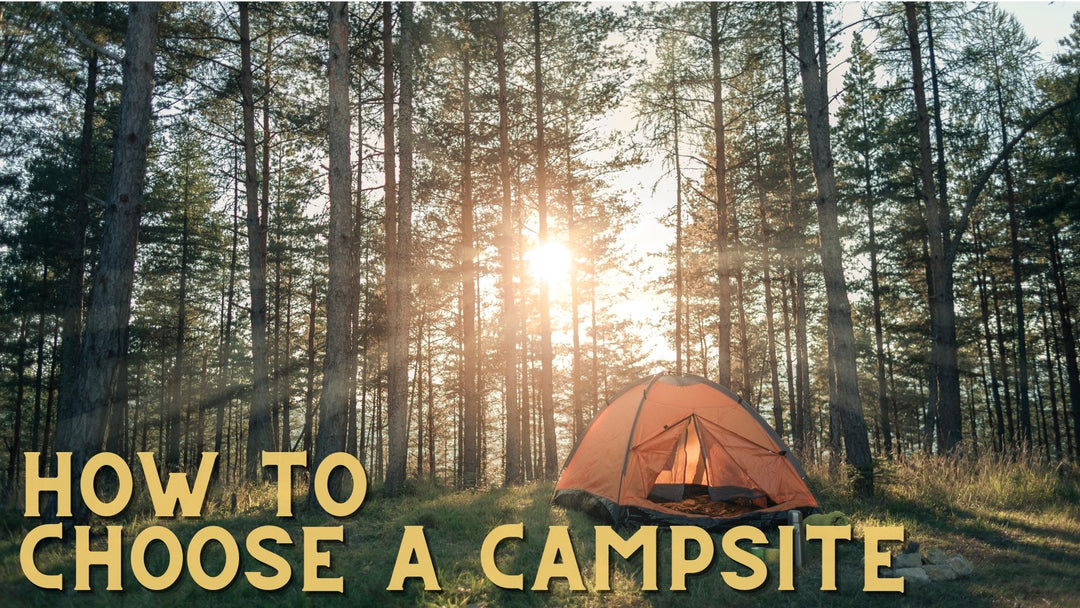
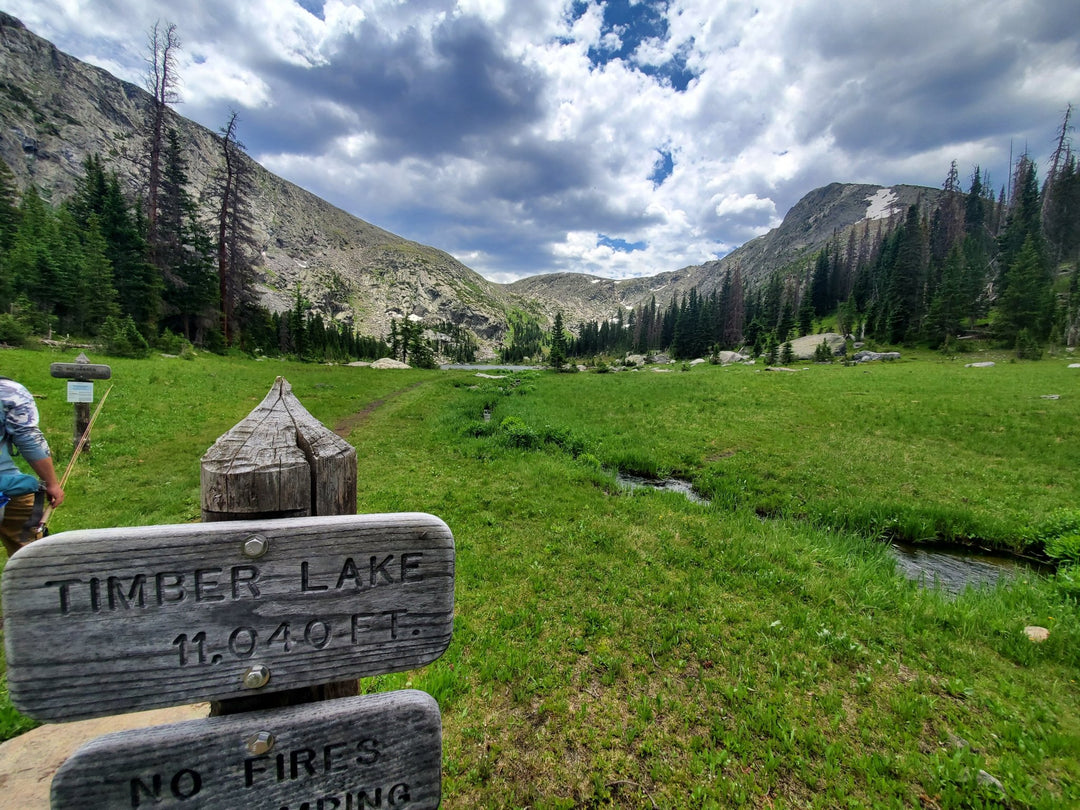
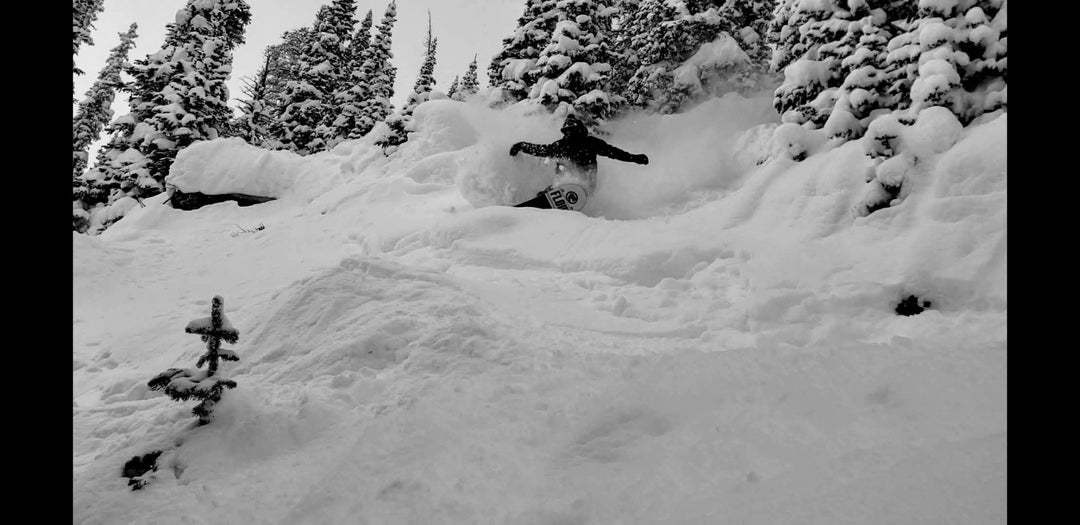
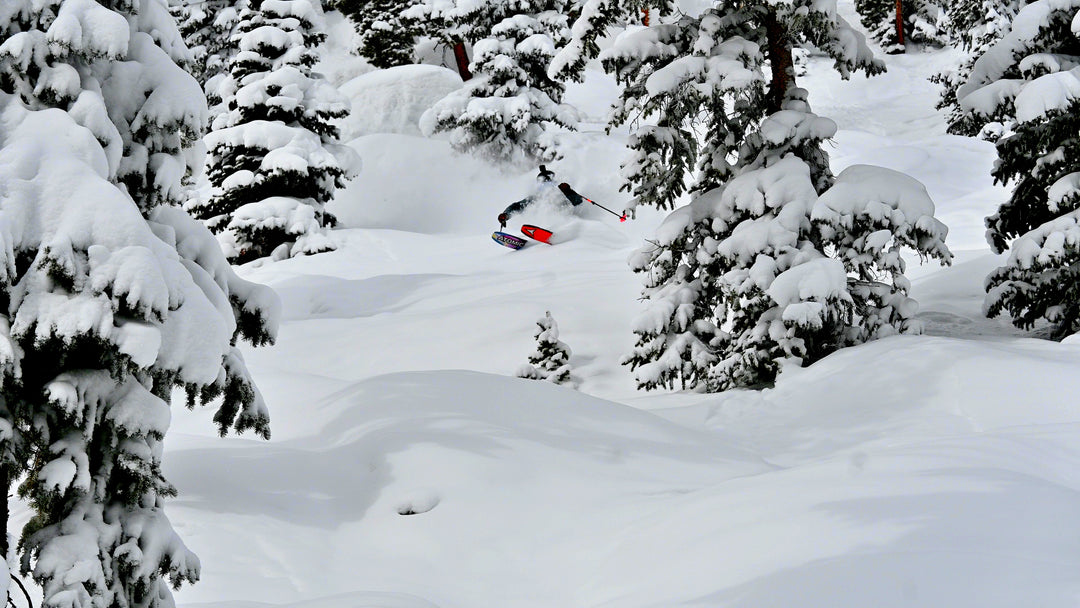
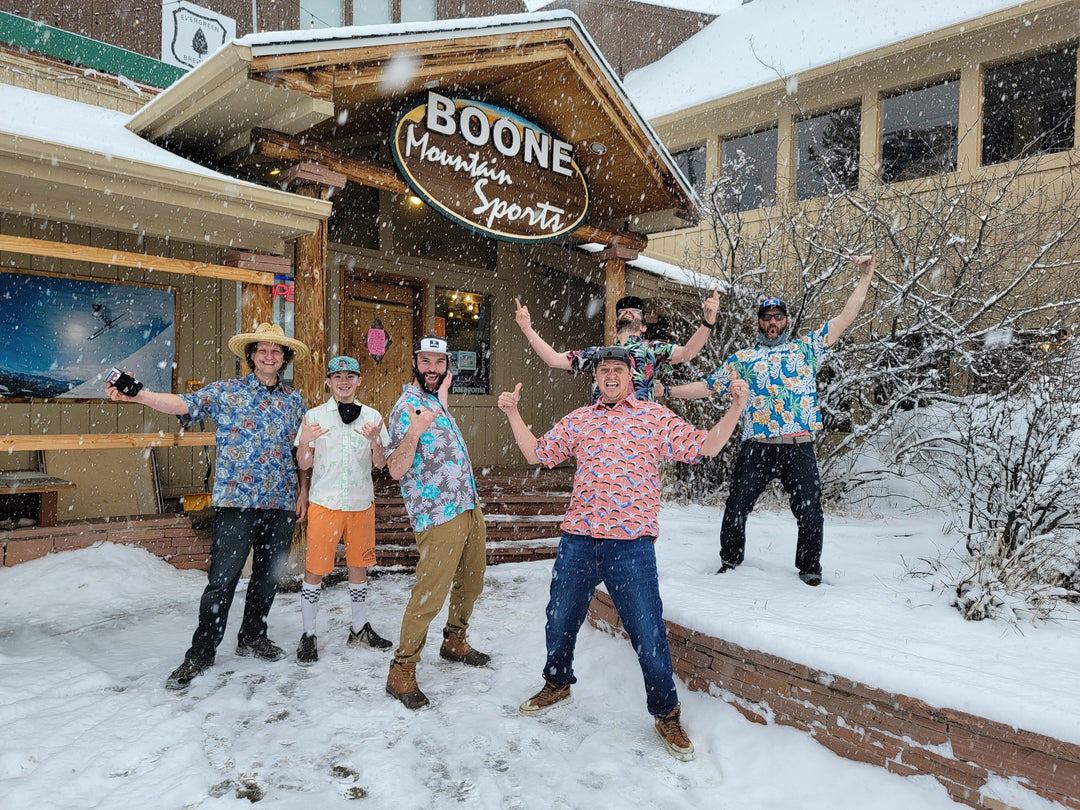
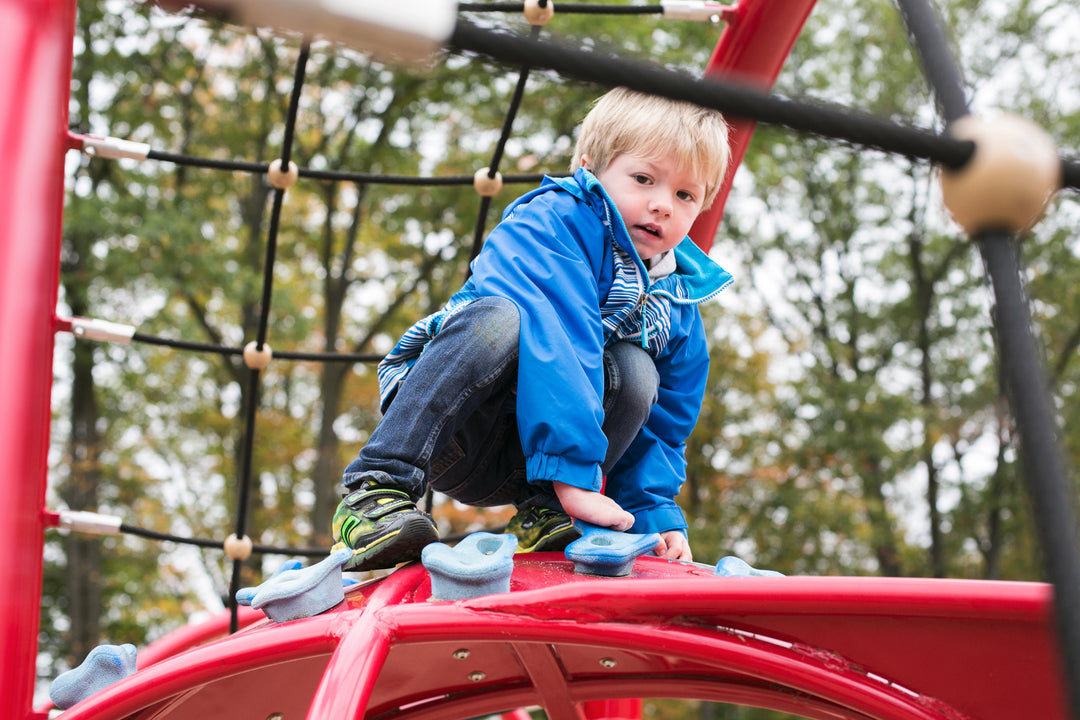
Leave a comment